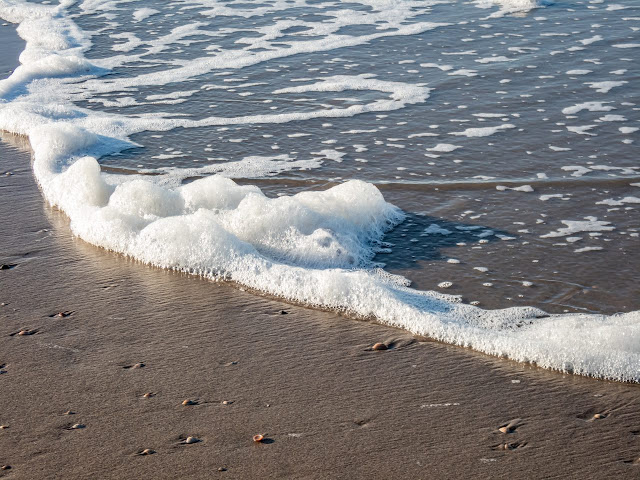Sint Eustatius
Sint Eustatius, also known as Statia, is an island of the Caribbean West Indies and it is a special municipality of The Netherlands, like Saba and Bonaire.
Statia is located in between Saba in the North and Saint Kitts in the south and has of only 21 square Km where lives little more than 3,000 people.
In its history, from the 17th century the island changed hands 21 times between the Netherlands, France and Britain but most of the time it was under Dutch ruling.
In the 18th century, Sint Eustatius was the most important and richest settlement in the Carribean; The Golden Rock was its nickname and the population reached 30,000.
The main and most profitable
business was the selling of weapons and ammunitions to any interested party,
and at the that time countries were almost continuously fighting each other.
The island has also a place in the American history
thanks to the “First Salute”: in 1776 the American ship Andrew Doria was approaching
Sint Eustatius to purchase munitions and announced her arrival with thirteen
guns salute and the island Governor replied with an eleven-gun salute. That was
the first international acknowledgment of American independence.
The golden days are long gone and
not much more than its rich history is left. Nowadays the government is the
main employer on the island, a fact that indicate the local economic situation.
Despite the wonderful nature and
great diving sites, the tourism with 12,000 visitors per year (pre-covid) is
not a major income. The island dimension, limited infrastructures and
connections are not allowing tourism to grow much further.
Geographically, the island is
volcanic with a saddle shape. Population leaves on the flat portion in between
the hills on one side and the dormient volcano Quill on the other.
Climate is the typical tropical
monsoons type, storm and hurricane are common from June to November.
The house market is very limited
with almost no choice, in fact presently there are no properties on sale
available and the prices are expected to be on the high side.
Sint Eustatius looks attractive,
his great history and the protected marine park all around the island are
matching this project very well. Also the small dimension and the limited
population could be ideal for a slow and sustainable living but unfortunately
the almost nonexistent real estate opportunities and the monsoons seasons are too
major negative aspects which exclude this nice island as potential destination
for us.




Comments
Post a Comment